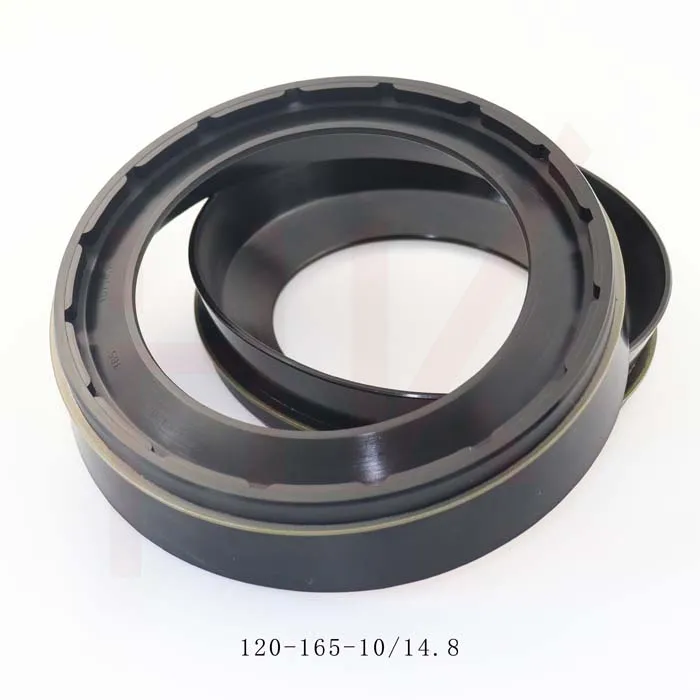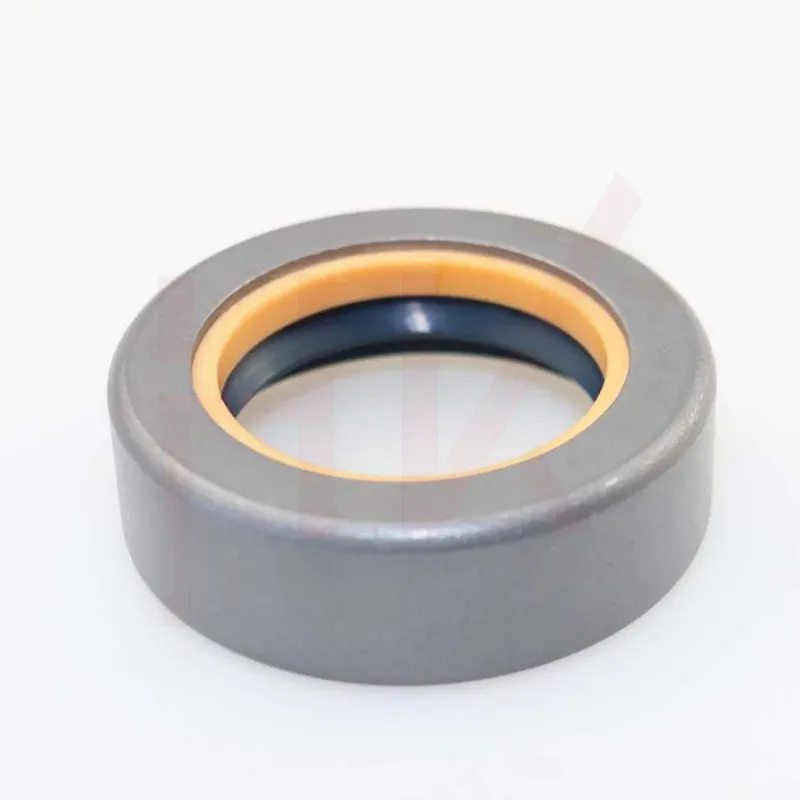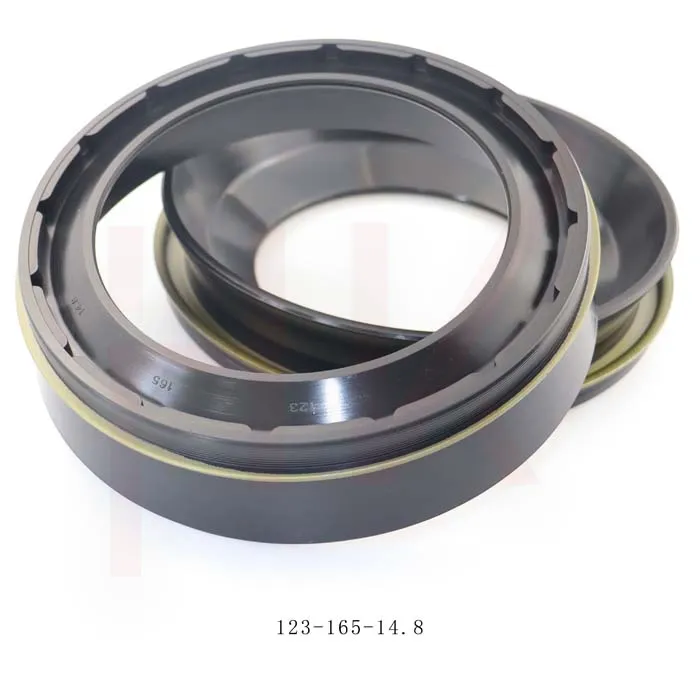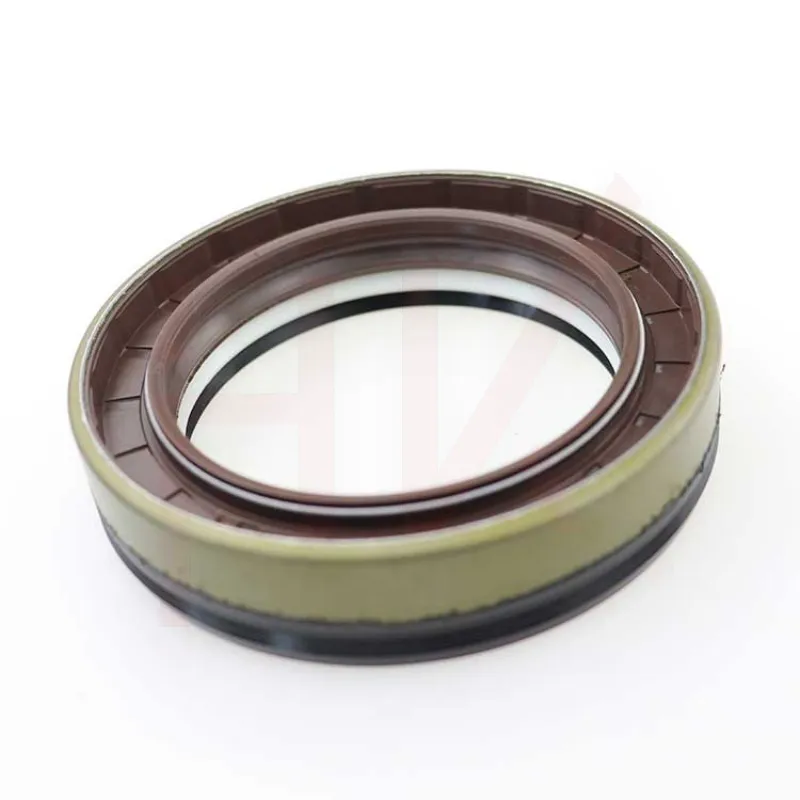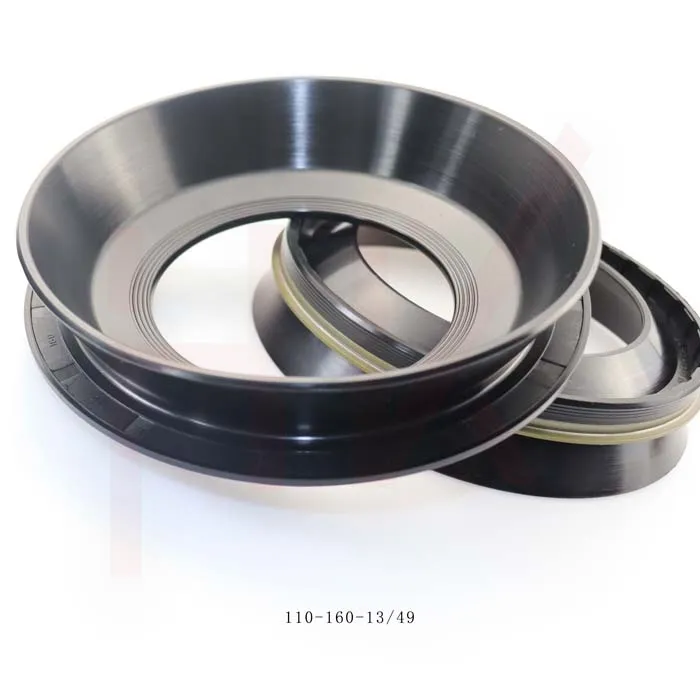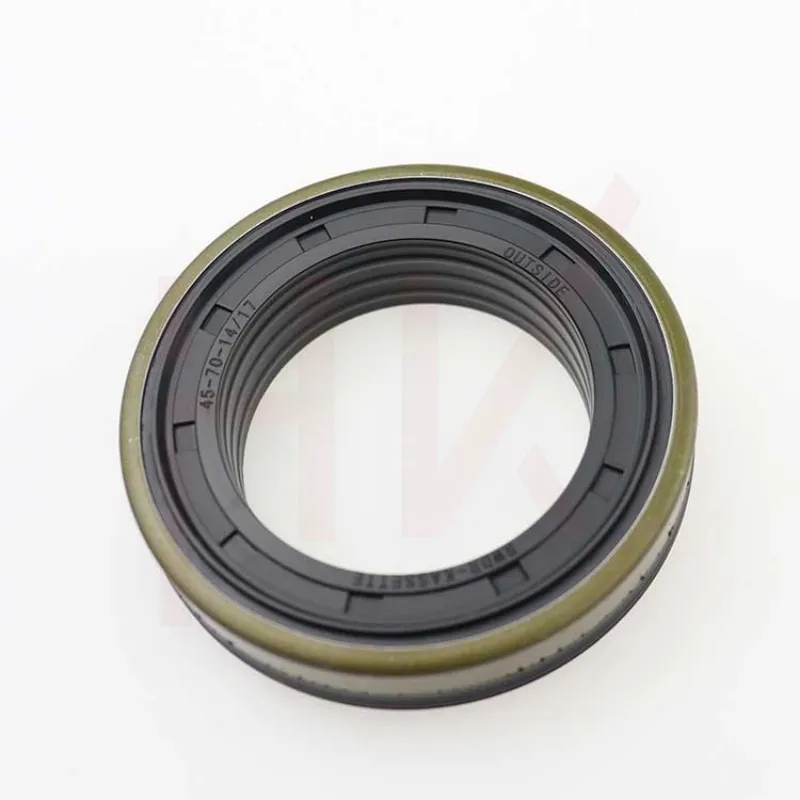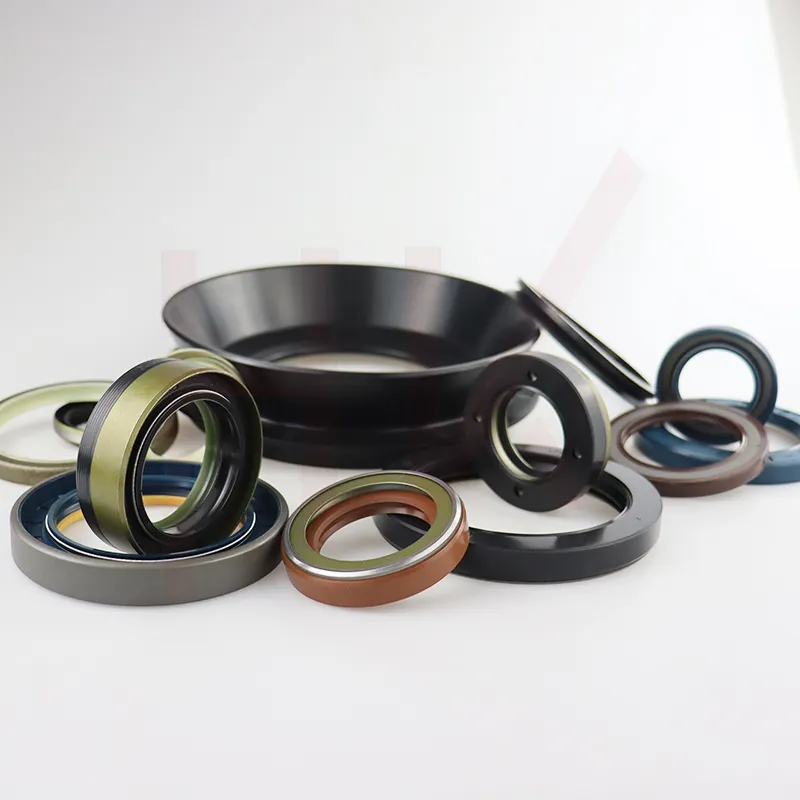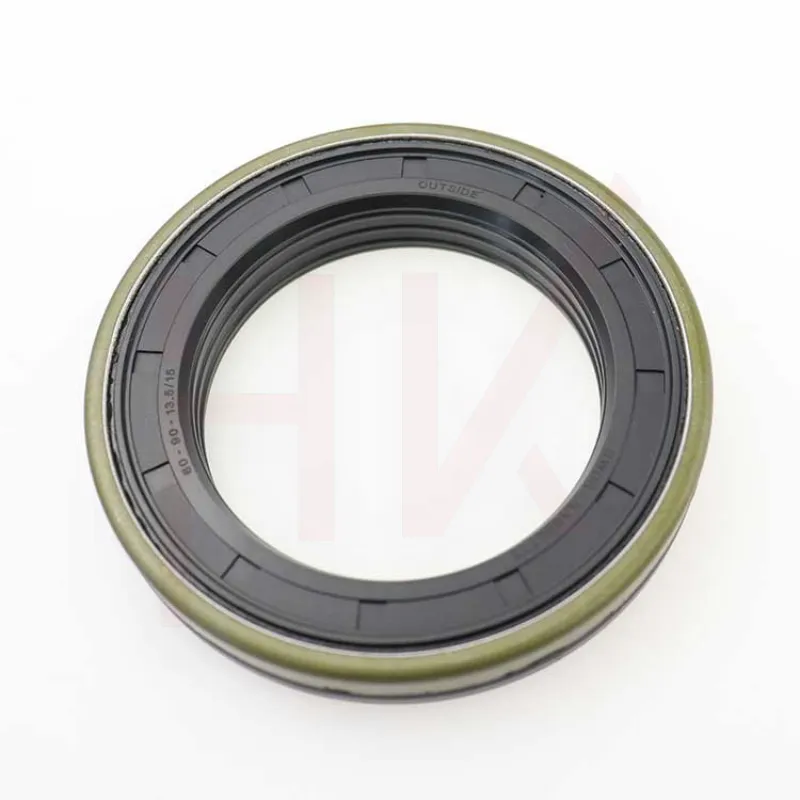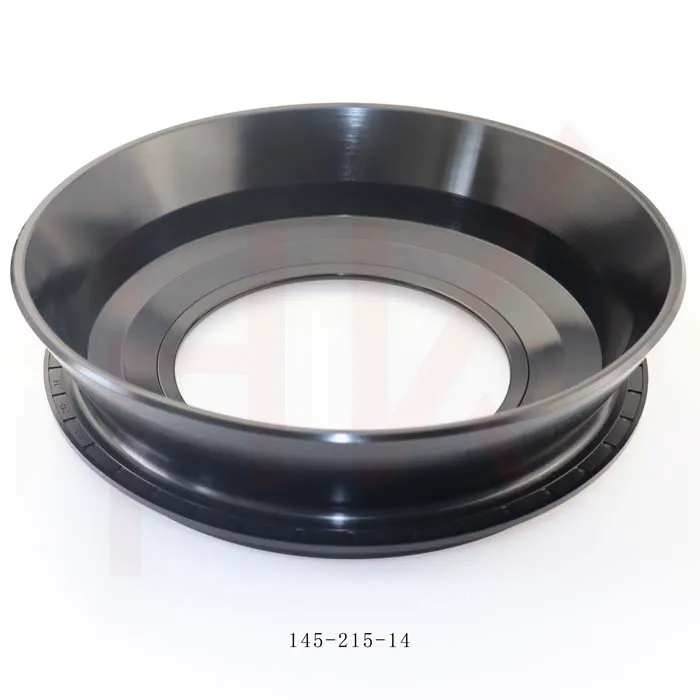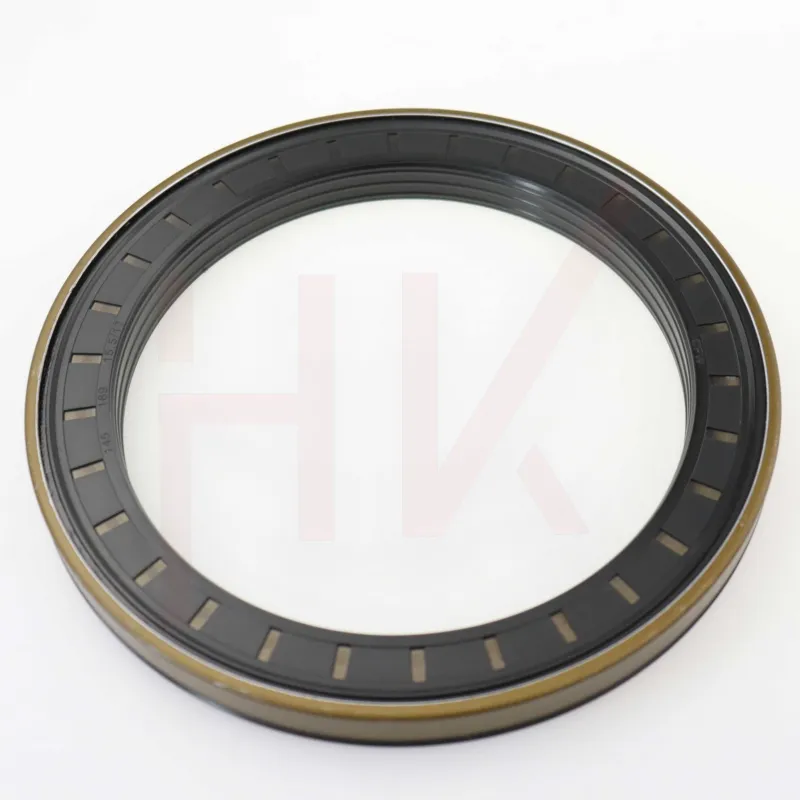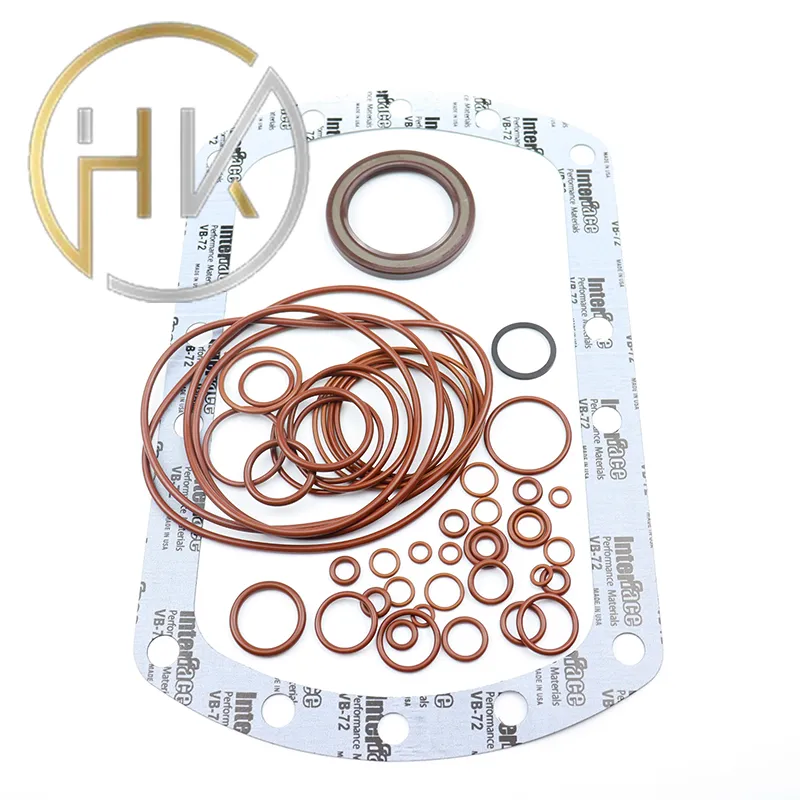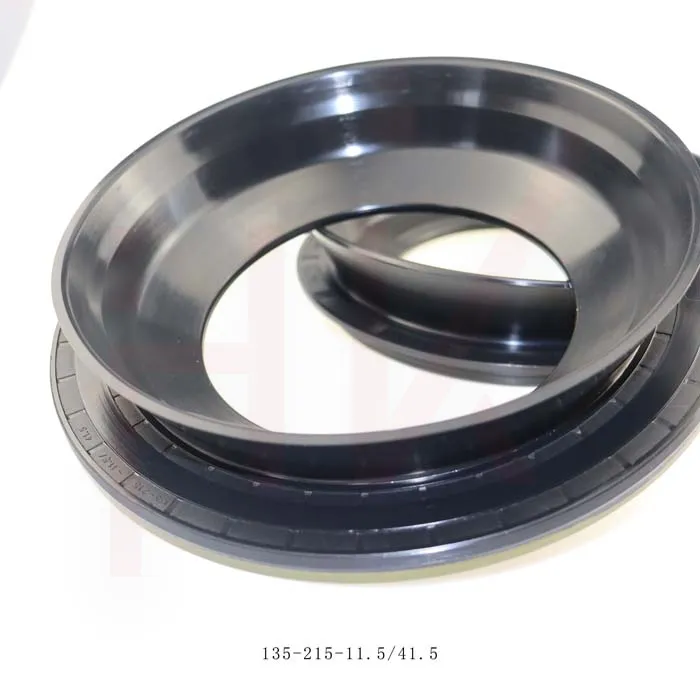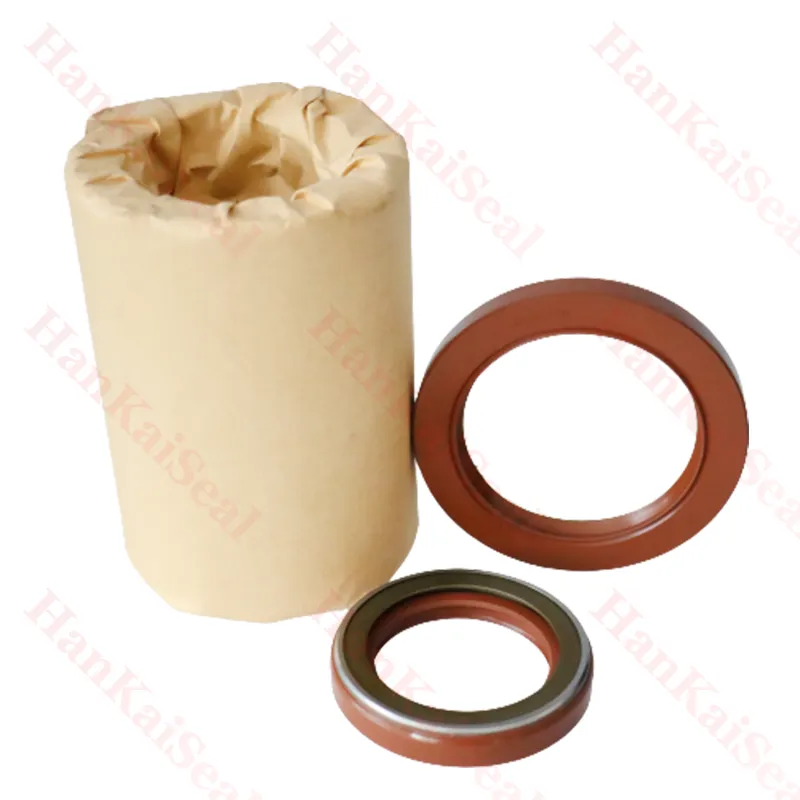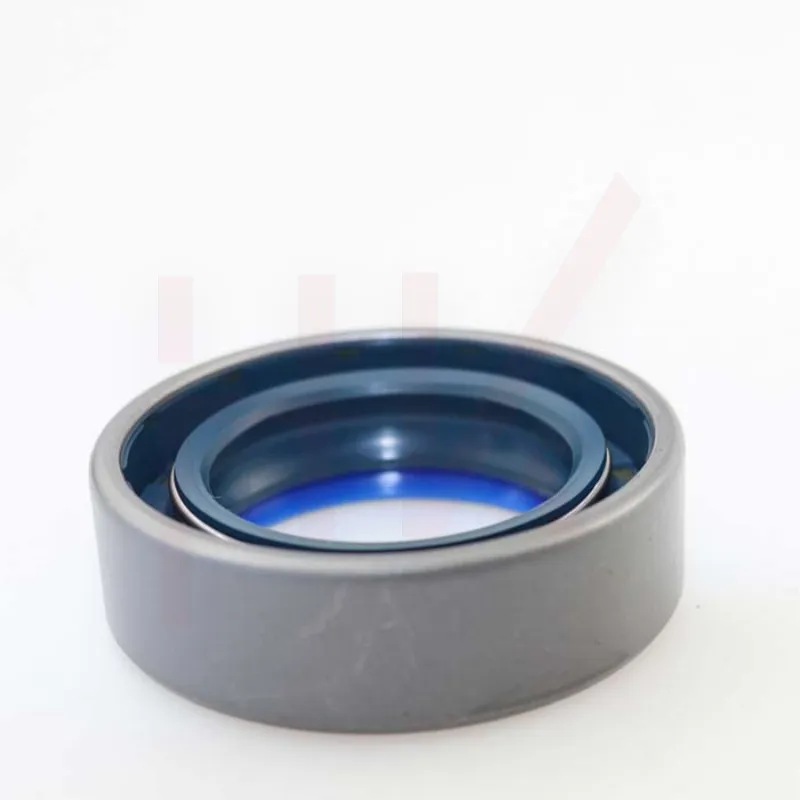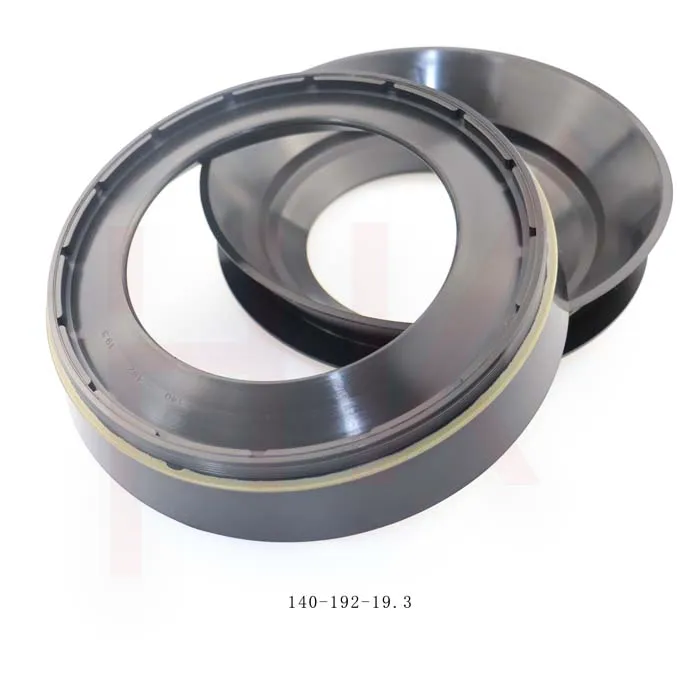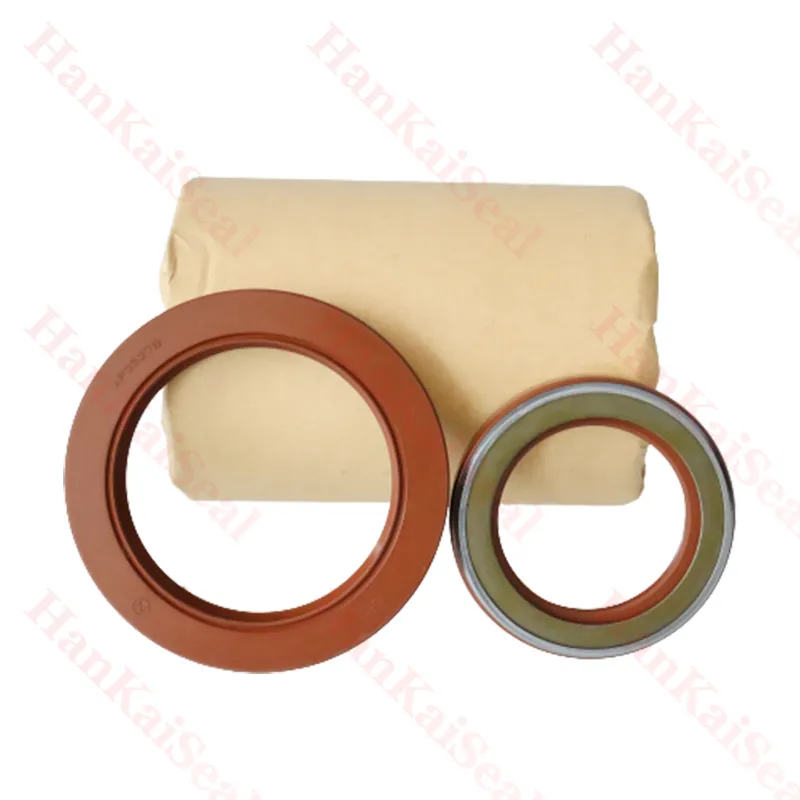Dec . 06, 2024 03:50 Back to list
seal kit for hydraulic motor
Understanding Seal Kits for Hydraulic Motors
Hydraulic motors are vital components in a wide array of industrial applications, from aerospace to manufacturing, and even in mobile equipment like construction machinery and agricultural vehicles. These motors convert hydraulic energy into mechanical energy, utilizing pressurized fluid to produce rotational movement. To ensure effective operation and durability, hydraulic motors rely heavily on efficient sealing mechanisms. This is where seal kits come into play.
A seal kit for a hydraulic motor is comprised of various seals that prevent fluid leakage from the motor, thus maintaining pressure and ensuring optimal functionality. The integrity of these seals is crucial; their failure can lead to performance inefficiencies, increased operational costs, and potential damage to the hydraulic system. Understanding the components and importance of seal kits can greatly benefit those involved in the maintenance and operation of hydraulic machinery.
Components of a Seal Kit
The seal kit typically includes multiple types of seals, each serving a different purpose
1. O-Rings These are circular seals made from elastomeric materials that prevent the passage of fluids between static and dynamic systems. O-rings can be found in various sizes and materials, tailored for different pressure levels and temperature conditions.
2. Backup Rings Used in conjunction with O-rings, backup rings are designed to provide additional support to prevent extrusion of the O-ring under high-pressure conditions.
3. Shaft Seals These seals protect the shaft from dirt and moisture while preventing hydraulic fluid from leaking out. They play a critical role in maintaining the functional lifespan of the motor.
4. Wear Rings These components are designed to minimize wear on the rod and ensure smooth operation. This is particularly important in high-friction environments.
seal kit for hydraulic motor

5. Gaskets These flat seals fill the space between two or more mating surfaces, preventing leakage and ensuring a secure fit.
Importance of Quality Materials
The materials used in seal kits are of utmost importance, as they must withstand a range of harsh conditions including extreme temperatures, chemical exposure, and high pressures. Common materials for hydraulic seals include nitrile rubber, fluorocarbon rubber, polyurethane, and thermoplastic elastomers. Each material offers distinct advantages, such as resistance to heat, chemical compatibility, or enhanced durability against wear.
Maintenance and Replacement
Regular maintenance of hydraulic motors is imperative to ensure the longevity and efficiency of the machinery. Seal kits should be inspected periodically for signs of wear or damage. Signs of leakage or reduced performance may indicate that the seals are compromised. In such cases, timely replacement of the seal kit is critical to prevent further damage.
When replacing seals, it is essential to ensure that the correct kit is chosen for the specific hydraulic motor model. Using OEM (Original Equipment Manufacturer) seal kits is recommended for guaranteed compatibility and performance. However, there are aftermarket options available, which can sometimes offer cost advantages.
Conclusion
Seal kits are an essential component of hydraulic motors, ensuring efficient operation and preventing leaks that can lead to costly repairs and downtime. Understanding the various seals included in a kit, the importance of material quality, and the need for regular maintenance can help operators and technicians keep their hydraulic systems running smoothly. By investing in high-quality seal kits and adhering to maintenance guidelines, users can enhance the performance and lifespan of their hydraulic motors, ultimately leading to greater efficiency and productivity in their applications.
In a competitive industrial environment, maximizing equipment reliability and performance is key. Ensuring that hydraulic motors are outfitted with the proper seal kits is a fundamental step towards achieving those goals.
-
TCN Oil Seal Metal Ring Reinforcement for Heavy Machinery
NewsJul.25,2025
-
Rotary Lip Seal Spring-Loaded Design for High-Speed Applications
NewsJul.25,2025
-
Hydraulic Cylinder Seals Polyurethane Material for High-Impact Jobs
NewsJul.25,2025
-
High Pressure Oil Seal Polyurethane Coating Wear Resistance
NewsJul.25,2025
-
Dust Proof Seal Double Lip Design for Construction Equipment
NewsJul.25,2025
-
Hub Seal Polyurethane Wear Resistance in Agricultural Vehicles
NewsJul.25,2025
-
The Trans-formative Journey of Wheel Hub Oil Seals
NewsJun.06,2025
Products categories

